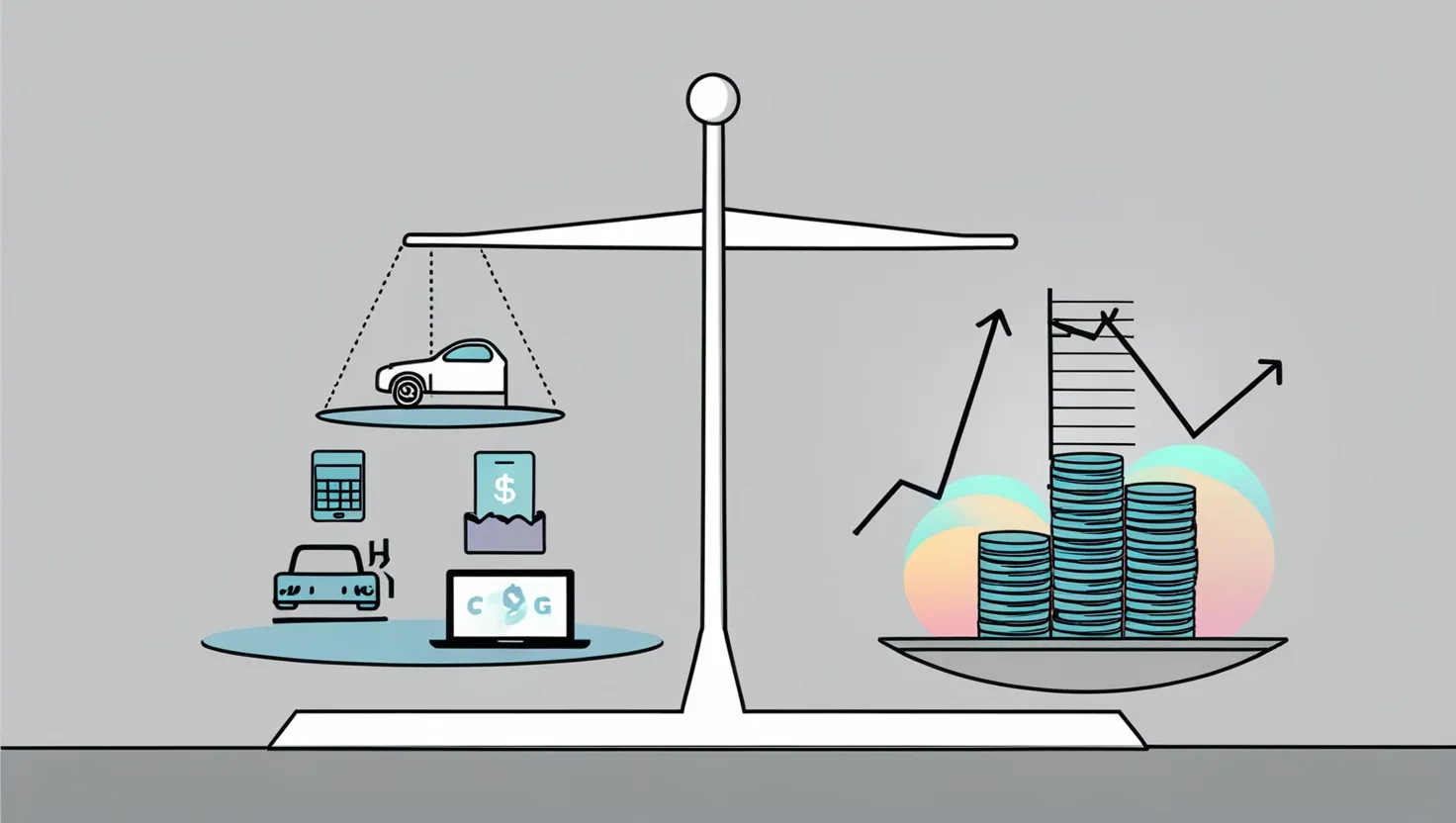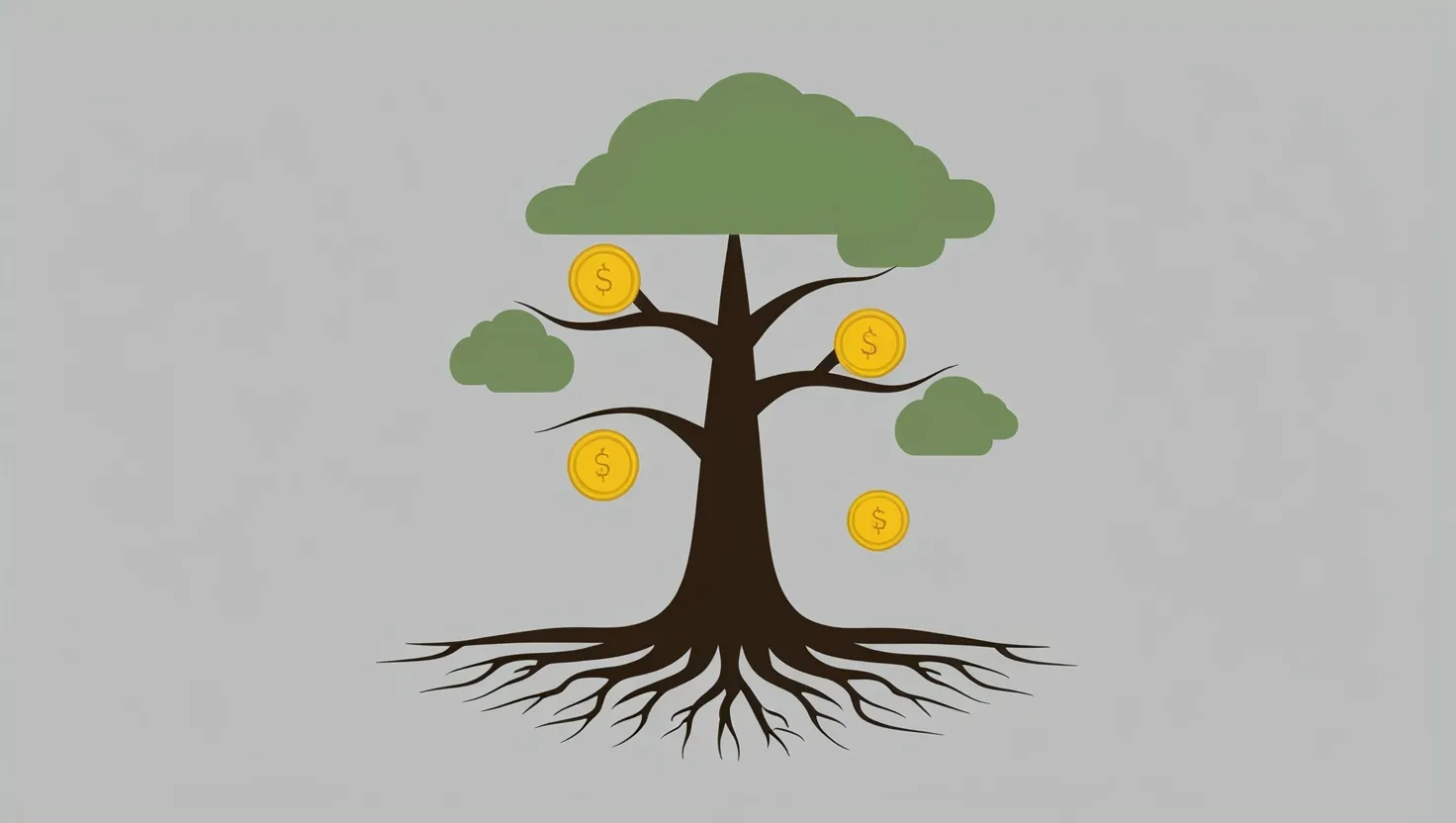The gig economy has revolutionized the way we work, offering unprecedented flexibility and opportunities for those willing to embrace its potential. As someone who’s navigated this landscape for years, I’ve discovered that building wealth through gig work isn’t just possible - it’s a powerful strategy when approached systematically.
Let’s start with a fundamental truth: diversification is key. Just as you wouldn’t put all your eggs in one investment basket, you shouldn’t rely on a single gig for your income. I’ve found success in crafting a balanced portfolio of gigs that combines high-paying specialized skills with more consistent baseline income sources.
For example, I might dedicate 10 hours a week to freelance writing at $80 per hour, 20 hours to food delivery at $30 per hour, and 15 hours as a virtual assistant at $33 per hour. This mix allows me to leverage my expertise while ensuring a steady cash flow. At the end of the month, I’ve worked 45 hours and earned $1,900, averaging $42.22 per hour across all gigs.
But earning money is only half the battle. The real magic happens in how you allocate those funds. I’ve developed a system where I immediately set aside percentages for specific financial goals. 30% goes into a tax reserve account, 15% into retirement contributions, and 20% towards debt reduction. This disciplined approach ensures I’m always moving forward financially, regardless of income fluctuations.
“The art is not in making money, but in keeping it.” This quote from Proverb resonates deeply in the gig economy. It’s easy to get caught up in the thrill of earning, but without proper management, that money can slip through your fingers.
Speaking of keeping money, let’s talk taxes. The gig economy offers some fantastic tax advantages, but only if you’re meticulous about tracking expenses. Every mile driven, every home office supply purchased, and every software subscription can potentially reduce your taxable income. I use a simple spreadsheet to log these expenses daily, which has saved me thousands come tax season.
Have you considered setting up a Simplified Employee Pension (SEP) IRA? It’s a game-changer for gig workers. Not only does it allow you to contribute significantly more than a traditional IRA, but those contributions are also tax-deductible. It’s like giving yourself a raise and a tax break simultaneously.
Now, let’s discuss a strategy that’s been transformative for my gig work: creating service packages. Instead of charging by the hour, I’ve started offering bundled services that provide more value to clients while increasing my effective hourly rate. For instance, as a virtual assistant, I might offer a “Social Media Management Package” that includes content creation, scheduling, and engagement monitoring for a flat monthly fee. This approach has not only boosted my income but also made my work more predictable and manageable.
“The best investment you can make is in yourself.” - Warren Buffett. How are you investing in your skills to increase your earning potential in the gig economy?
One of the most powerful tools in my wealth-building arsenal is my quarterly review system. Every three months, I sit down and analyze which gigs are providing the best return on my time investment. I look at not just the hourly rate, but also factors like stress level, growth potential, and alignment with my long-term goals. Based on this analysis, I systematically replace low-performing gigs with more promising opportunities. This constant optimization has led to a steady increase in my overall earnings year after year.
But perhaps the most potent strategy I’ve employed is converting successful gig relationships into recurring revenue streams. For clients I’ve worked with consistently, I propose retainer agreements or subscription-based services. This approach provides more stability for me and often better value for the client. I’ve even implemented loyalty programs for my food delivery gig, offering discounts to regular customers in exchange for guaranteed weekly orders.
The beauty of this systematic approach is that it transforms occasional gig work into a structured wealth-building machine. Each gig, each financial decision, and each optimization compounds over time, creating a snowball effect of financial growth.
Remember, the gig economy is not just about surviving from paycheck to paycheck. It’s about leveraging the flexibility and opportunities it offers to build lasting wealth. By diversifying your gigs, allocating income strategically, maximizing tax advantages, creating value-packed service offerings, continuously optimizing your gig portfolio, and building recurring revenue streams, you can turn your gig work into a powerful wealth-building engine.
“The future belongs to those who learn more skills and combine them in creative ways.” - Robert Greene. In the gig economy, this couldn’t be more true. How can you combine your skills in unique ways to create more value and build greater wealth?
As we navigate this new world of work, it’s crucial to approach it with both creativity and discipline. The gig economy offers freedom, but it’s up to us to turn that freedom into financial security and growth. By implementing these strategies systematically, you’re not just participating in the gig economy - you’re mastering it.
What’s your next step in optimizing your gig economy participation? Perhaps it’s time to review your gig portfolio, create a new service package, or set up that SEP IRA. Whatever it is, remember that each small step, taken consistently, can lead to significant wealth over time. The gig economy is more than just a way to make ends meet - it’s a pathway to financial independence for those willing to approach it strategically.






